1. San Juan, Puerto Rico
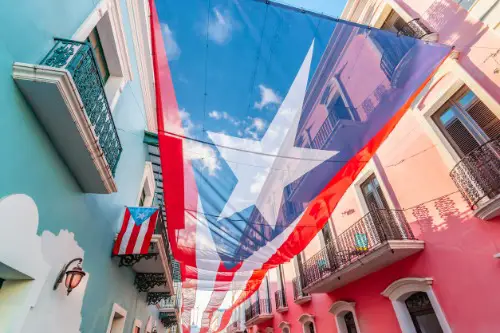
Puerto Rico is a U.S. territory, but it’s technically not a state, so it has its own distinct political and cultural identity. The island is often considered an extension of the Caribbean, and while it belongs to the U.S., it has deep roots in Spanish, African, and indigenous Taino cultures. In fact, Puerto Rico was a Spanish colony for centuries before becoming a U.S. territory in 1898 after the Spanish-American War, according to the BBC. This history gives Puerto Rico a vibe that’s different from the mainland U.S., often feeling more like a part of Latin America than North America.
While Puerto Rico uses the U.S. dollar and follows federal U.S. law in many respects, it has its own local government and its residents are U.S. citizens, but they don’t have voting representation in Congress. The cultural richness of Puerto Rico, from its festivals to its music and food, makes it feel distinct from the United States. Many visitors and locals often say that it’s like being in a different country without leaving U.S. territory. This blending of cultures gives Puerto Rico a fascinating international feel.
2. The United States Virgin Islands
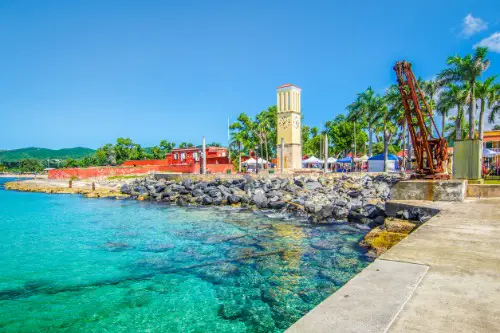
The United States Virgin Islands, located in the Caribbean, is technically U.S. territory, but the vibe here often feels much more like it’s part of the Caribbean and closer to the cultures of surrounding nations like Puerto Rico or the Dominican Republic. The islands were purchased from Denmark in 1917, and while they’re an American territory, they have their own unique culture and customs, according to Visit The USA. The mix of Danish, African, and Caribbean influences gives it a feel that sets it apart from the mainland U.S. in a lot of ways.
The USVI is also home to a more relaxed, island lifestyle that often makes visitors feel like they’ve stepped into a different country altogether. The way people communicate, the foods they eat, and the rhythms of life make it feel like a different world, even though it’s technically under U.S. jurisdiction. The local economy thrives on tourism, and many tourists might not even realize they’re technically on U.S. soil. For many, the Virgin Islands are a great example of the complexity of U.S. territories.
3. Point Roberts, Washington
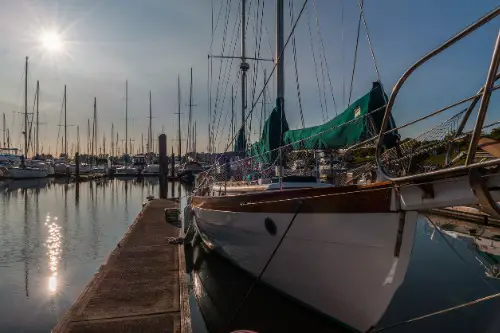
Point Roberts is a tiny sliver of land that belongs to the United States but is only accessible by driving through Canada, according to Visit Point Roberts. It sits just south of Vancouver, making it an isolated spot where residents and visitors have to cross international borders to get there. The reason it exists like this goes back to the boundary negotiations between the U.S. and Britain in the 1840s. The land ended up being separated from the rest of Washington State but still stayed under American jurisdiction.
Residents of Point Roberts have a unique experience because they rely heavily on Canada for goods and services. The closest town with a gas station, supermarket, and other amenities is just a few miles across the border in Canada. While technically U.S. territory, there’s a sort of Canadian influence over the area. The border can feel a little blurry, especially when you’re trying to get to the mainland U.S. from there.
4. The Republic of the Rio Grande
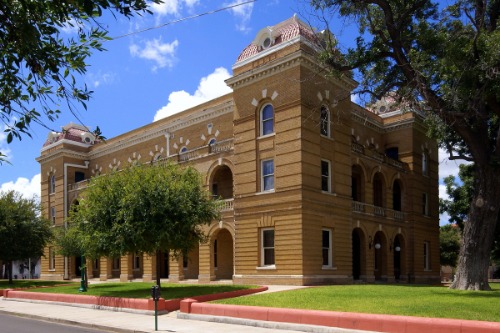
In southern Texas, you’ll find an area that briefly declared itself as the Republic of the Rio Grande back in the 1800s, according to Gene Fowler from Texas Highways. This independent republic was established in 1836, during the period when Mexico and Texas were in conflict, but it didn’t last long. Today, the area includes parts of Laredo and is part of Texas, but it has a strong historical connection to Mexican independence movements. The brief existence of the Republic of the Rio Grande gives it a sort of “other country” vibe in some local lore.
The legacy of this republic is more than just history books—it plays a part in shaping the region’s cultural identity. The people in this area share a deep connection with both U.S. and Mexican heritage, and that cross-border influence is still very much alive today. With families straddling both nations, it often feels like the line between the two countries is not so rigid. You can see it in the food, language, and even the political and social ties that continue to this day.
5. Alaska’s Southeastern Panhandle
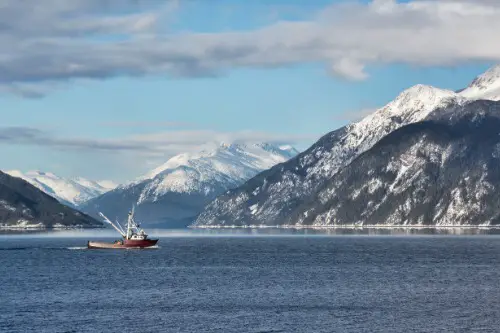
Alaska’s southeastern panhandle, sometimes referred to as the “Alaska Panhandle,” might feel like it’s part of Canada, according to David Reamer from Anchorage Daily News. The region sticks out on the map, surrounded by British Columbia, and its access to the rest of the U.S. is through Canada. This part of Alaska consists of various islands and is separated from the main part of the state by Canadian territory. For many years, it has been a bit of an isolated outpost that has always had closer ties to the neighboring Canadian province.
Because of its proximity to British Columbia, many of the residents and visitors in the panhandle feel more connected to Canada than the U.S. The community often engages with Canada for trade and travel, as it’s just a hop, skip, and jump across the border to cities like Vancouver. The entire region has its own distinct culture, influenced by both Canadian and Alaskan traditions. It’s a good example of how geography and history can sometimes create a unique cross-country connection.
6. The Florida Keys
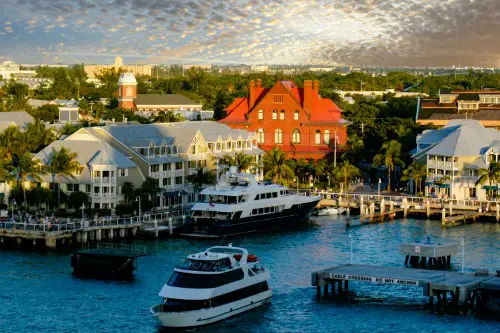
The Florida Keys are an archipelago that stretches into the warm waters of the Caribbean Sea. While they’re definitely part of Florida, their proximity to the Bahamas and Cuba often makes them feel a little more foreign than the rest of the United States. The culture in the Keys is a unique blend of Cuban, Bahamian, and American influences, which gives the area a distinct “international” atmosphere. Many aspects of local life reflect these Caribbean ties, from the food to the way of life.
Cuban culture, in particular, can be felt throughout the Keys, especially in the local cuisine and architecture. Visitors often feel like they’ve left the U.S. and entered a tropical paradise more closely connected to the Caribbean islands than to mainland America. The close proximity to Cuba also makes the Keys a common departure point for those who migrate from Cuba to the U.S. As a result, the area has a bit of a transnational vibe that keeps it firmly connected to both countries.
7. The Canal Zone, Panama
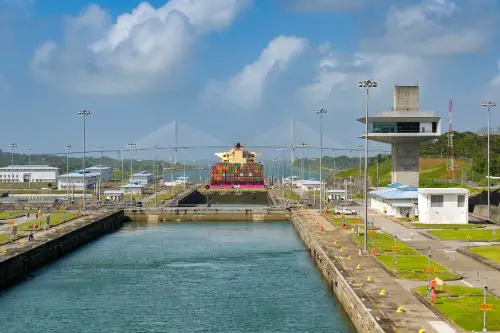
Though the Panama Canal is now controlled by Panama, there was a time when the Canal Zone was technically U.S. territory. The U.S. managed the Canal Zone from 1903 until 1999, and during that time, it had its own laws, regulations, and even a separate currency. Today, while the zone no longer exists as a U.S. territory, the legacy of American influence is still felt throughout Panama. Many Panamanians and U.S. expats look back fondly on the time when the area was governed as a separate entity.
When the U.S. controlled the Canal Zone, it operated as a kind of American enclave within Panama, with its own schools, businesses, and institutions. This American influence left a strong mark on the area, from architecture to the economy. Even after the U.S. gave control back to Panama, many areas near the canal still bear the influence of those decades of U.S. presence. To this day, parts of Panama, especially around the former Canal Zone, often feel like they’re a bridge between the two countries.
8. Bellingham, Washington
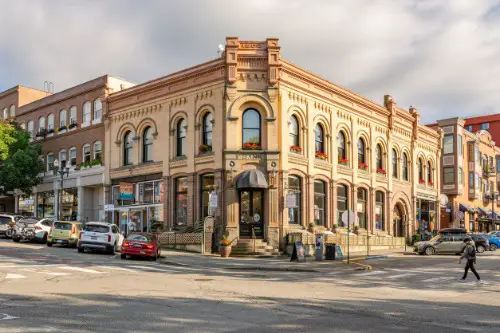
Bellingham, Washington, sits just 90 miles south of Vancouver, British Columbia, and the proximity to Canada shapes a lot of what’s going on here. While it’s very much part of the United States, it has a close relationship with Canada, and many people here have dual citizenship or strong familial connections across the border. This gives the town an international feel, and it’s common to hear both English and French being spoken in daily life. Bellingham’s economy also benefits from Canadian visitors, especially those who come to shop or travel for leisure.
The city’s location means that it’s not unusual for locals to make regular trips to Canada. With the stunning natural beauty of both the Pacific Northwest and nearby Canadian mountains, the area is a hotspot for cross-border tourism. The ties to Canada are woven so deeply into Bellingham’s identity that it sometimes feels like an extension of Vancouver itself. This tight connection between two countries gives the city a cultural richness that blends American and Canadian influences.
9. The Mariana Islands
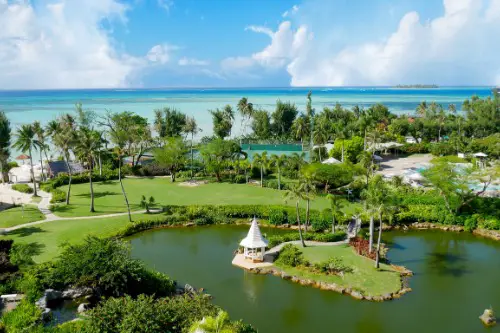
The Northern Mariana Islands are an unincorporated U.S. territory located in the Pacific Ocean. While the U.S. maintains control over the islands, they’re also closely tied to Micronesia and the broader Pacific region. The islands were colonized by Spain in the 1600s, and after various ownerships, they became a U.S. territory following World War II. The unique blend of indigenous Chamorro culture, Spanish influence, and American governance gives the Marianas a distinct character.
Though part of the U.S., the Northern Mariana Islands have their own local government and enjoy a special relationship with the U.S. that gives them a certain degree of autonomy. Locals often maintain close ties to their Pacific neighbors and have a cultural identity that bridges the gap between the U.S. and the broader Pacific region. The islands’ remote location also makes them a hub for Pacific islanders, contributing to a sense of shared identity with nearby nations. Many people feel that the Northern Marianas exist in a cultural middle ground between the U.S. and the Pacific Islands.
10. Detroit, Michigan
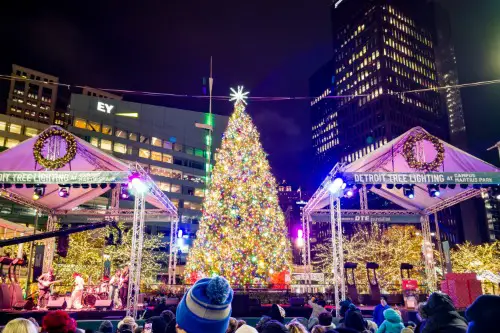
Detroit, Michigan, might be known for being an iconic American city, but its proximity to Canada makes it feel more international than you might expect. The city lies just across the Detroit River from Windsor, Ontario, and residents often interact with Canada in a variety of ways. The border is so close that you can literally walk into Canada from Detroit, and there are even bridges and tunnels that make this cross-border exchange seamless. Because of this, Detroit’s culture and economy are strongly influenced by its Canadian neighbor.
The city has a significant Canadian population, and many people travel back and forth for work, study, or leisure. This creates a unique cultural exchange, with residents adopting some Canadian customs while still holding onto their American identity. With the blend of U.S. and Canadian influences, Detroit often feels like an international crossroads. You can see this in the music, food, and even in the way businesses operate across the border.
11. The City of Bocas del Toro
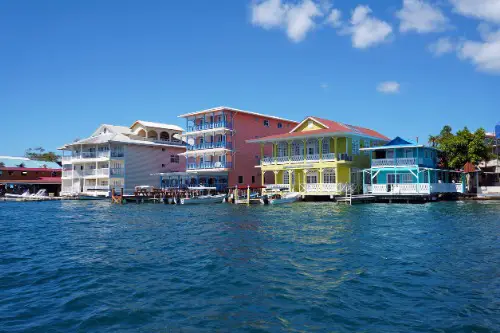
While not technically part of the U.S., Bocas del Toro in Panama has been home to several American expats for decades. American influence is particularly strong due to its proximity to the U.S. and the long-standing ties between Panama and the U.S. dating back to the days of the Canal Zone. The area is an international hub where tourists and expats from North America often set up shop to live the island lifestyle. With American businesses operating in the area and many locals speaking English, the influence of the U.S. is undeniable.
Bocas del Toro is known for its beautiful islands and relaxed atmosphere, which makes it a popular destination for those wanting to escape the hustle of American life. Many American retirees have made the area their home, leading to a unique mix of cultures and an international flair. Though it’s located in Panama, the area feels as much a part of the Caribbean as it does an American expatriate haven. The cultural fusion here creates a feeling that this part of Panama could easily be considered an extension of the U.S.
12. The U.S. Military Bases in Japan
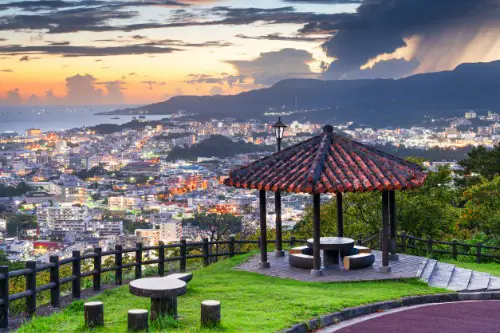
The United States maintains several military bases in Japan, and while these bases are American territories, the surrounding areas are very much Japanese. These bases are scattered across the country, especially in Okinawa, and they often serve as important centers of American culture within a foreign land. For many soldiers and families stationed at these bases, it can feel like living in a bubble that’s geographically separated from Japan, even though they’re physically on Japanese soil.
The U.S. military presence in Japan has been a part of the country since World War II, and it has helped shape the region in various ways. Many of the local economies near military bases rely heavily on American spending, and the culture of the bases reflects a blend of Japanese and American traditions. It’s common to see American fast food chains, schools, and other institutions within these areas, giving the impression of being in an American enclave. The presence of these bases in Japan highlights how American influence extends well beyond its borders.
13. The U.S. Territory of Guam
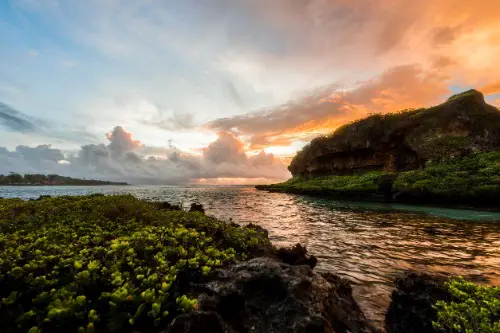
Guam, another unincorporated U.S. territory, is located in the Pacific and is technically part of the United States. However, its proximity to Asia and its historical ties to both the U.S. and Spain give it a unique international flavor. Guam was a Spanish colony before becoming a U.S. territory after the Spanish-American War in 1898. With a mixture of Chamorro, American, and Asian influences, Guam feels very much like a crossroad between the Pacific islands and the U.S.
The island’s strategic location has made it important both militarily and economically, particularly as a key hub for U.S. military operations in the Pacific. While the local population is American citizens, the island is culturally distinct, blending native traditions with American influences. This combination creates a unique atmosphere where local residents are influenced by a variety of global cultures. For many visitors, Guam doesn’t feel like typical U.S. territory but rather like a far-flung international destination.
14. The U.S. Territory of American Samoa
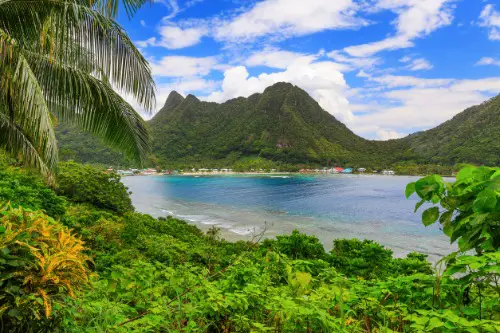
American Samoa is another U.S. territory that, while governed by the United States, has strong cultural ties to its Pacific island neighbors. It’s the only U.S. territory located in the Southern Hemisphere, and its people, the Samoans, are citizens of the United States but not subject to all federal laws. The culture, language, and traditions of American Samoa are closely tied to the independent nation of Samoa, which lies nearby. The U.S. government maintains a presence there, but the island is culturally very distinct from mainland America.
Because American Samoa has its own local government, its residents experience a unique blend of Samoan and American customs. There are frequent cultural exchanges between American Samoa and Samoa, as well as with other Pacific island nations. Visitors to the island often remark that the lifestyle, food, and community feel more Pacific Islander than American. This blend of influences creates a fascinating mix of American governance and Pacific island culture, making it feel like part of the larger Samoan region rather than just another U.S. territory.


